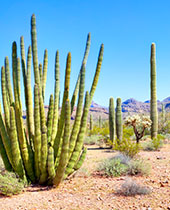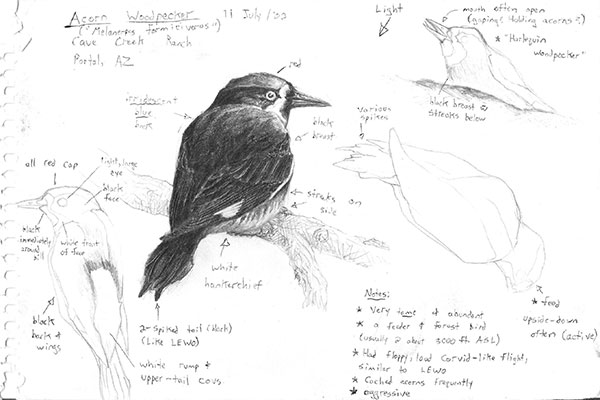
This was my first introduction to the American Southwest. My second came a few months later during a July visit to one of North America’s nature hotspots: southeastern Arizona. Located adjacent to the Mexican border and with Mexico clearly in sight at many points during the trip, this biodiversity mecca is a favourite destination for travelers seeking both temperate and sub-tropical birds, mammals, reptiles and plants. Over 12 species of hummingbird, 2 trogons, Olive and Red-faced Warblers, Vermilion Flycatchers, numerous rattlesnakes, Collared Peccaries and the charismatic Acorn Woodpecker are stand-outs in an already impressive cast of characters, which also includes the iconic Canyon Wren. Then there are, of course, the canyons themselves. The state’s license plate reminds us that Arizona is “The Grand Canyon State” and there’s no question that the famed canyon is very grand indeed. It is an absolute geological marvel of size, shape and colour, running for a remarkable 446 km, with a width and depth of 29 km and 1.6 km respectively; but what if I told you that across the border in the northwestern reaches of Mexico lies a canyon four times as large and with an even more tropical flavour to its flora and fauna? Ladies and gentlemen, let me introduce to you…the Copper Canyon.
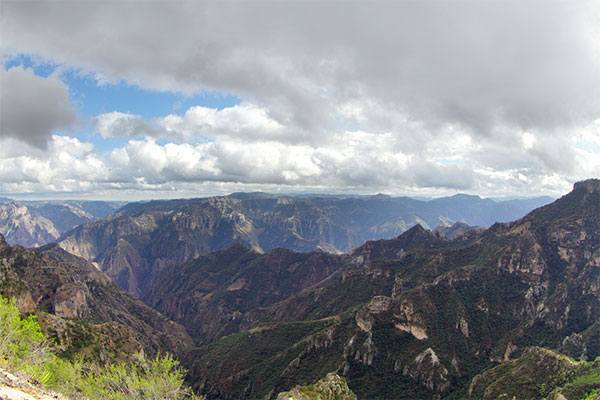
A few years after our Nevada encounter with that lone Canyon Wren, my father began leading annual Quest trips to the Copper Canyon in Mexico’s Sierra Madre Occidental mountain range. Since then, this tour has become a particularly special “hand-me-down” tour as I have gladly taken the reigns. In preparing for the upcoming September departure, it has been fascinating to pore over my father’s old notes from past visits to one of Mexico’s surprisingly least-known major natural attractions. One passage of chicken scratch – no doubt hastily written during a canyon-side descent – simply reads “scenery (with ever-changing light) awesome at all times” – not a bad starting point.
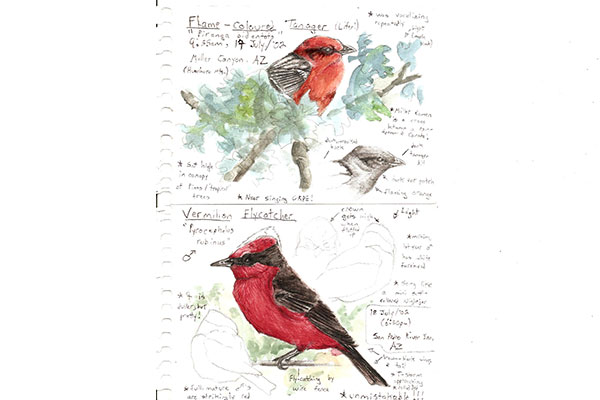
This awesome scenery is front-and-centre on the tour and provides a constantly awe-inspiring backdrop, whether we are hiking along a rocky ridge or passing a cascading waterfall aboard the Chihuahua al Paciífico train. An added bonus of an autumn visit to the Copper Canyon is the bevy of blooming flowers, borne of the recently-concluded rainy season. We can find a flourish of colour from the blooms as well as the orioles, tanagers and hummingbirds feeding among them, especially in the moist tropical milieu of the canyons floors. There are also tropical specialties such as the Military Macaw, Elegant Trogon and lovely Lilac-crowned Parrots that remind us that we are at the gateway of mega-diverse Tropical America.
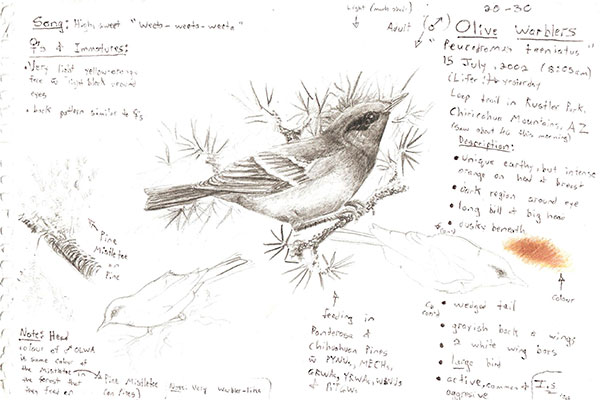
Editor’s Note: We are now taking bookings for this exciting autumn trip. Please click here to find out more!


